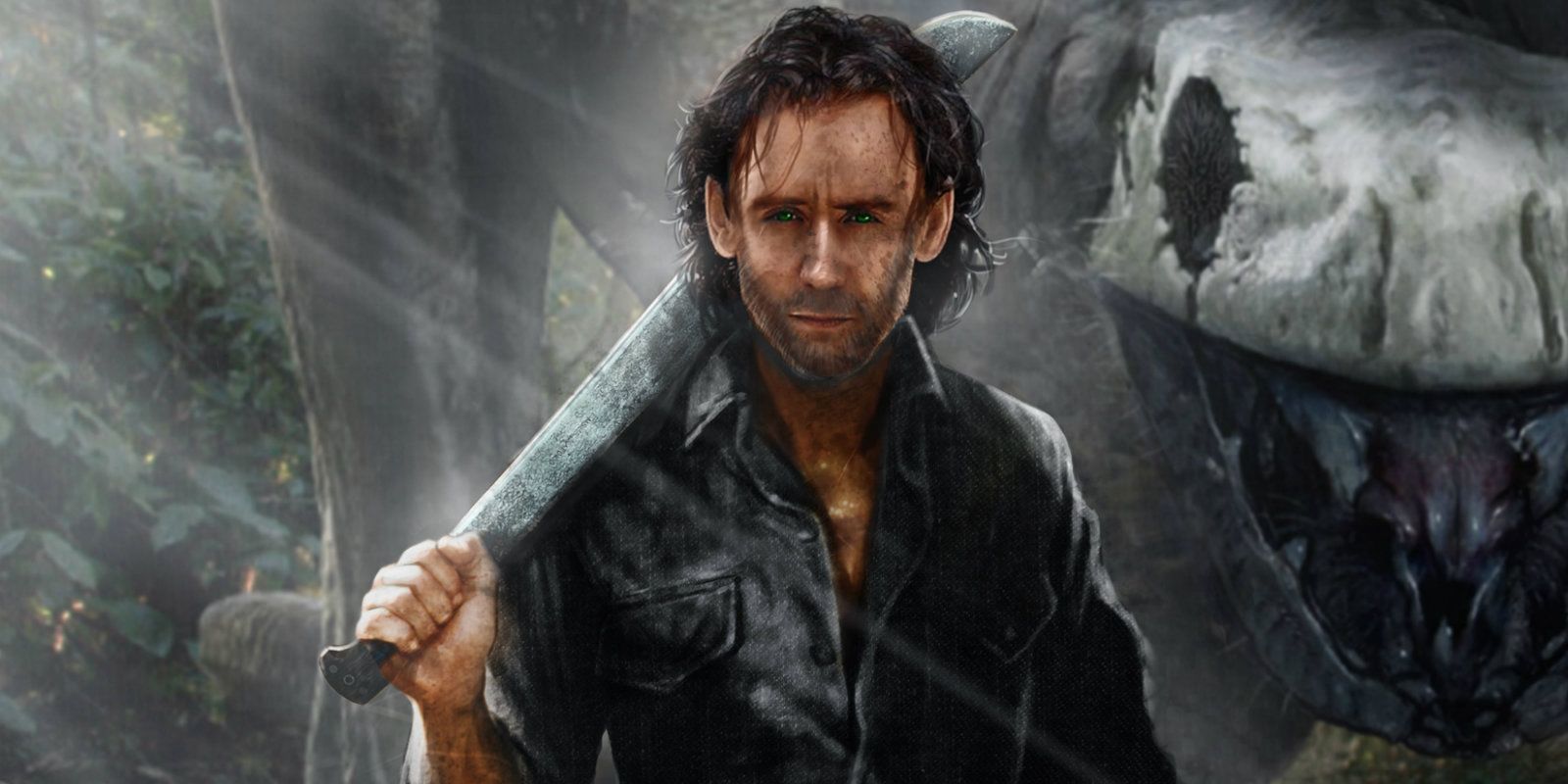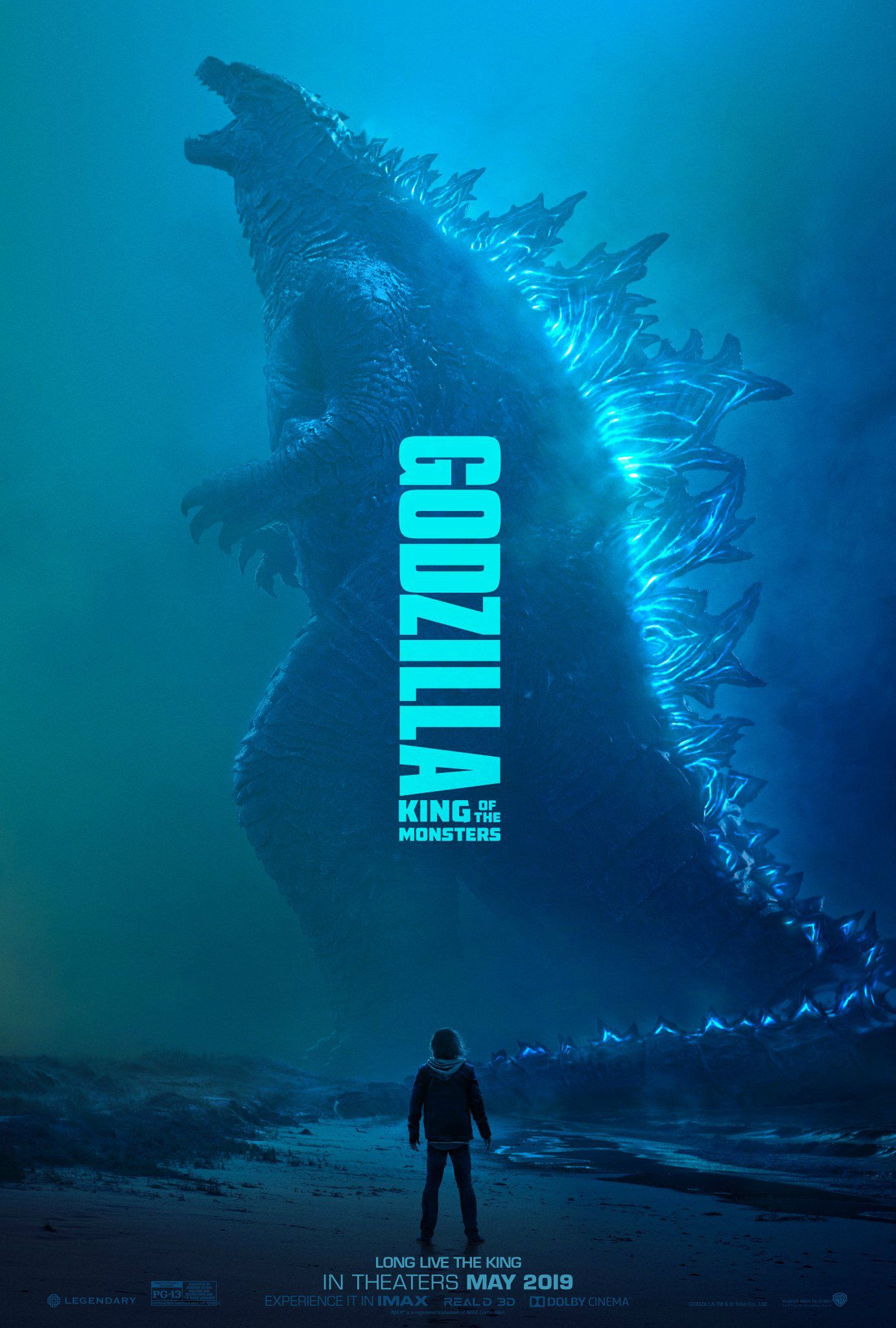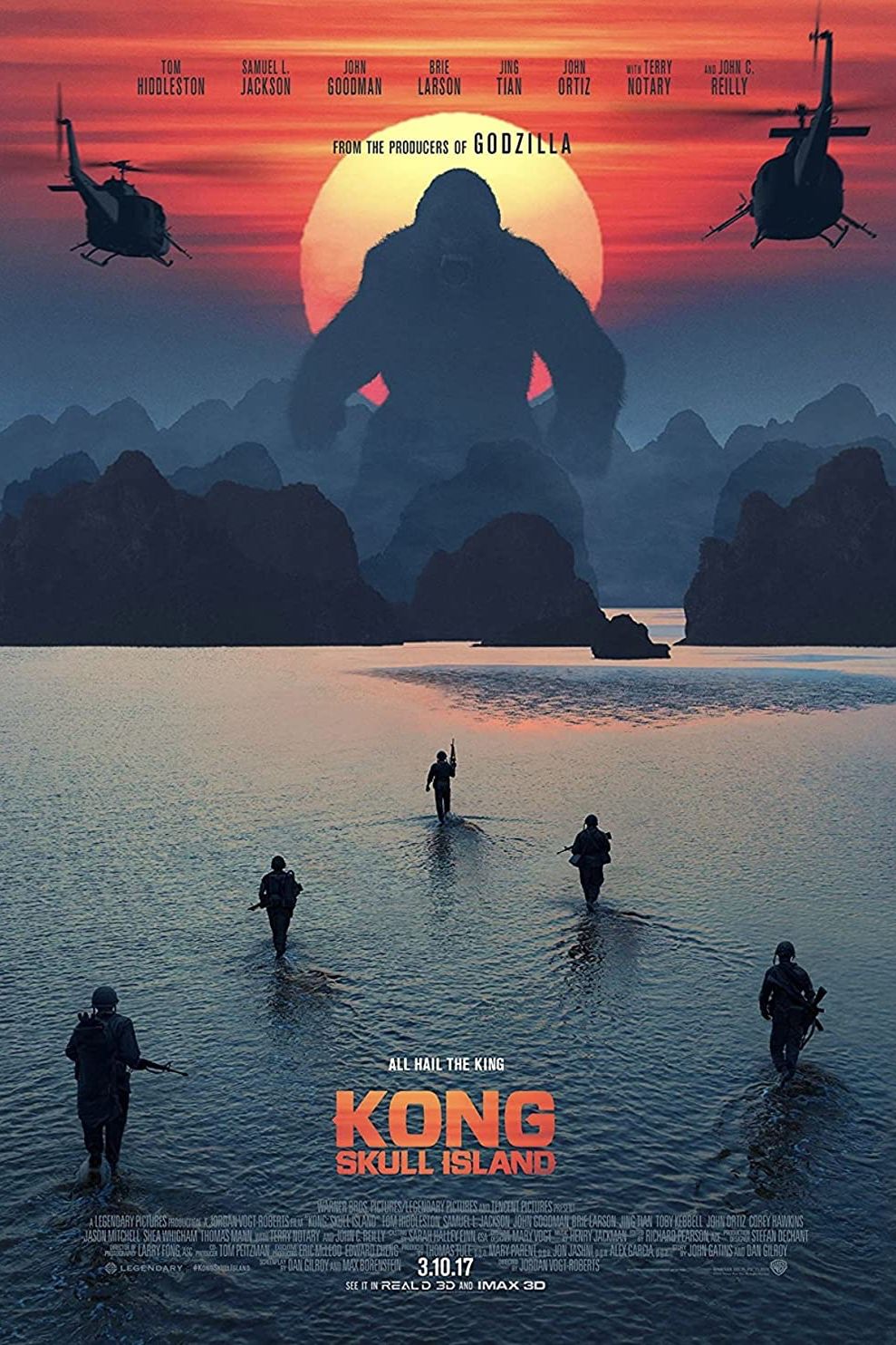Director Jordan Vogt-Roberts' Kong: Skull Island reimagines the classic King Kong mythos; shifting its setting away from the Depression-era backdrop of both the original 1933 film and Peter Jackson's 2005 remake (passing over the 1976 King Kong), into an Apocalypse Now-inspired vision of Skull Island and its many larger than life inhabitants, in the post-Vietnam 1970s. The film is also the next brick in the wall for the MonsterVerse, Warner Bros. shared cinematic universe that includes both Skull Island and the Gareth Edwards-directed 2014 reboot of the Godzilla franchise.
While Kong and Godzilla themselves will cross paths in the MonsterVerse during the present-day (namely in 2020, when Godzilla vs. Kong is scheduled to reach theaters), Kong: Skull Island is a giant monster adventure firmly rooted in the sensibilities of its historical backdrop. The work of Steven Spielberg is also a significant influence on the film in this respect, with costar Samuel L. Jackson - who plays Lt. Col. Preston Packard in Vogt-Roberts' Kong film - even referencing his iconic Jurassic Park line at one point in Skull Island. For related reasons, it's not surprising to see that there are shades of Spielberg's cinema in Skull Island's concept artwork too.
In a Screen Rant exclusive, Skull Island concept artist Christian Cordella - whose larger body of work includes concept art for the Wolverine movie Logan - has shared his concept art for the MonsterVerse's King Kong reboot, which he worked on alongside the film's costume designer, Mary Vogt.
[vn_gallery name="Kong: Skull Island Concept Art" id="927053"]
Tom Hiddleston's former SAS tracker-turned independent contractor, James Conrad has an unshaven face and longer hair that better brings to mind Indiana Jones in this Kong: Skull Island concept art, compared to his clean-shaven look and kempt haircut in the actual film. As for John C. Reilly's character Hank Marlow: the former WWII fighter pilot (who crash-landed on Skull Island nearly thirty years prior to the events in the movie) was once envisioned as being even more bushy-haired and unkempt than he appears in the final film result, based on this artwork. Between the two visitors to Skull Island shown here, however, Marlow's appearance changed less from the concept design to the actual version.
By comparison, the Skull Island natives in this artwork are more heavily clothed than the ones in Vogt-Roberts' movie. The patterning of the natives' facial and body painting in Kong: Skull Island isn't too far off from Cordella's conceptual designs, though by and the large the natives' paint is red and yellow only (not also blue and green, as depicted here). On the whole, the Skull Island natives in Kong: Skull Island are a far departure from those featured in King Kong movies past, in terms of behavior too. Whereas the former are shown to be softer-spoken and more kindly to outsiders (so long as they are respectful), the Skull Island natives in both the 1933 and 2005 King Kong are more openly hostile and vicious in manner.
NEXT: What the MonsterVerse Should Learn from Kong: Skull Island
Source: Christian Cordella



